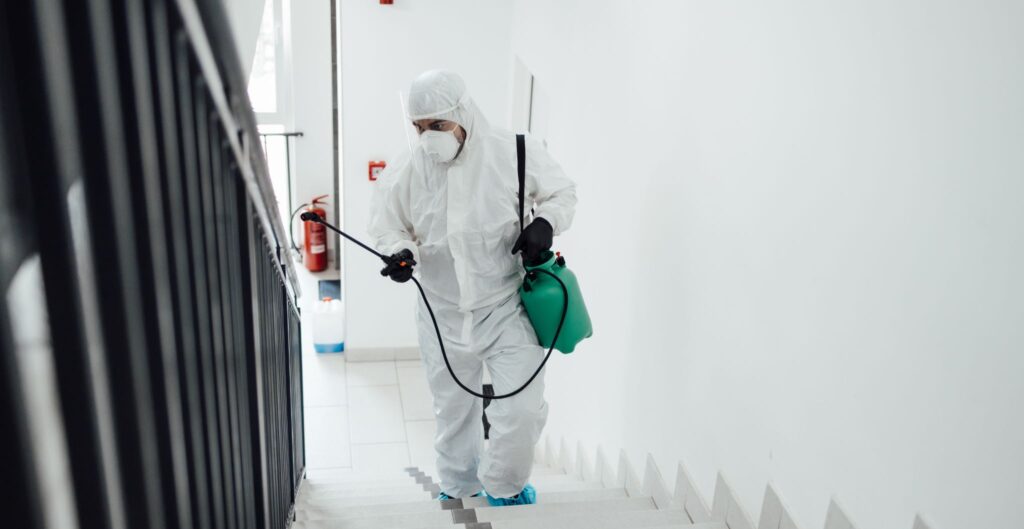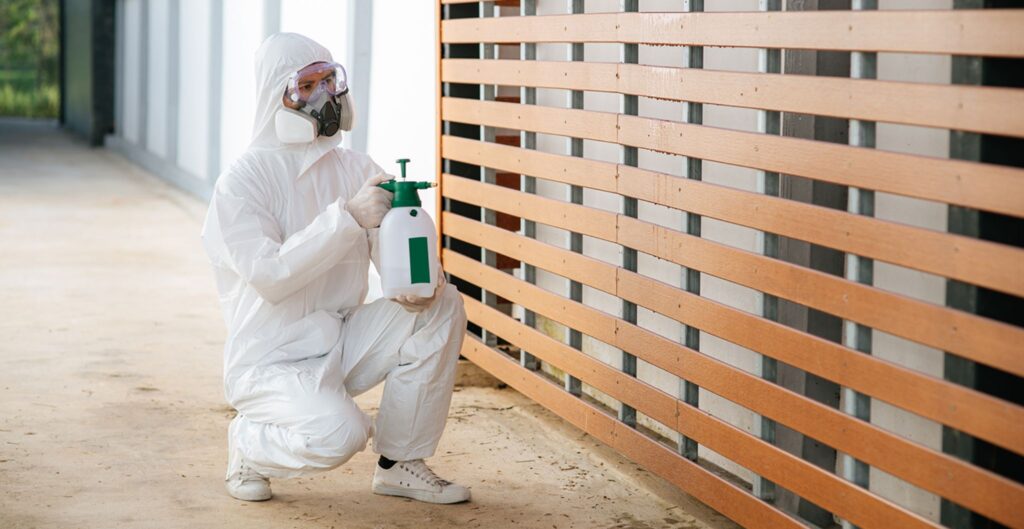Daycare Facilities With Chlorine Dioxide.

Chlorine dioxide is a powerful oxidizing agent that can effectively decontaminate, disinfect, and sanitize daycare facilities. Unlike Chlorine and other bleach-based products, chlorine dioxide breaks down quickly and leaves no residue on surfaces or fabrics. It has been proven to kill 99.9% of bacteria and viruses in just minutes, making it the best choice for cleaning daycare facilities. Sanitize daycare facilities with the help of chlorine dioxide, an EPA-approved sterilant. This powerful solution effectively sterilizes equipment and toys, ensuring a safe environment for children. Additionally, chlorine dioxide offers the added advantage of reducing odors in daycare centers, thanks to its pleasant scent. When it comes to maintaining cleanliness and safety, chlorine dioxide proves to be an ideal choice for daycare facilities.
When using chlorine dioxide, it’s essential to follow the manufacturer’s directions for safety and effectiveness. It should always be used in a well-ventilated area and carefully diluted according to product instructions. Additionally, all surfaces that come into contact with chlorine dioxide should be washed thoroughly with soap and water after use. With proper usage, daycare centers can rely on chlorine dioxide to keep their facility sanitary and secure.

Sanitize Daycare Facilities, like retirement centers and nursing homes, must ensure cleanliness and sanitation to provide a safe and healthy environment for children. However, traditional cleaning methods often rely on harsh chemical cleaners, which can be ineffective at killing bacteria and hazardous to the health of the workers who handle them.

Chlorine dioxide (ClO2) provides an excellent solution for daycare centers. ClO2 is a powerful yet safe and non-toxic disinfectant that can be applied quickly to surfaces and hard-to-reach areas. It effectively kills bacteria, viruses, mold, mildew, and other harmful microorganisms on contact, thus allowing daycare centers to quickly and effectively decontaminate their facility to keep children safe from potential harm. ClO2 does not produce any toxic or hazardous byproducts into the environment, making it a safer disinfectant for workers handling it.
COMMERCIAL, PROFESSIONAL, AND INDUSTRIAL. SOFT AND HARD SURFACES, ODOR, AND AIR.
Use disinfectant around people, pets, children, babies, plants, and other living things, non-corrosive on surfaces, eliminate odor (animal bedding, litter boxes, shoes, garbage), general antibacterial, use on dyed fabrics, gentle, hypo-allergenic, and will not damage your skin or clothing when diluted properly. Prepare activated solution to a strength consistent with the maximum EPA threshold for residential and public access, and NON-food contact surfaces.
| Use-Site | CONCENTRATION | Mix EQUAL PARTS 1:1 – NaClO2 (Part A) and HCl (Part B) |
| General Disinfectant | 100 PPM | 100 drops A, with 100 drops B in 1 gallon of water. (4ml = 100 drops) |
| Moderate-Severe | 500 PPM | 500 drops A, with 500 drops B in 1 gallon of water. (5 tsp or 20ml = 500 drops) |
| Heavily Contaminated | 1,000 PPM | 1,000 drops A, with 1,000 drops B in 1 gallon of water. (10 tsp or 40ml = 1,000 drops) |
Mix in the bottom corner of a designated plastic mixing container. Let the solution activate for 1 minute before dilution, then fill with water. Agitate until mixed. Use as a solution, spray, swab, sponge, flush, fill, dip, immerse, or mop in a manner consistent with usual standards. Soak all biohazards.
- SPRAY / FOG – allow visible wetness for 5 minutes before drying.
- MOP – allow visible wetness for 5 minutes before drying.
- SWAB / SPONGE – allow visible wetness for 5 minutes before drying.
- SOAK / IMMERSE – allow to drench or submerge for 1 minute.
- FLUSH / FILL – allow to drench or submerge for 1 minute.
- DIP / RINSE – allow to drench or submerge for 1 minute.
References:
- Evaluation of the Antiviral Activity of Chlorine Dioxide and Sodium Hypochlorite. Vol. 15, No. 2, 45-49. Bioscience Control. Laboratory of Veterinary Infectious Disease. Dec. 2009.
- Inactivation of Human and Simian Rotaviruses by Chlorine Dioxide. P. 1363-1366. Applied and Environmental Microbiology. Yu-Shiaw Chen And James M. Vaughn. May 1990.
- Guideline for Disinfection and Sterilization in Healthcare Facilities. Center for Disease Control and Prevention. 2008.
- Chlorine Dioxide Gas Sterilization Under Square-Wave conditions. Applied Environmental Microbiology. 56: 514-519 1990. Jeng, D. K. and Woodworth, A. G. Feb. 1990.
- Oxidative Elimination of Cyanotoxins: Comparison of Ozone, Chlorine, Chlorine Dioxide And Permanganate, 15):3381-93. Epub. Rodríguez E, Onstad GD, Kull TP, Metcalf JS, Water Res. June 2007.
- Chlorine Dioxide Oxidation of Dihydronicotinamide Adenine Dinucleotide (NADH), 47(6):2205-11. Department of Chemistry, Purdue University, West Lafayette, Indiana Bakhmutova-Albert EV, Margerum DW, Auer JG, Applegate BM. Inorg Chem. Epub. Feb. 2008.
- EPA’s List N: List N to Kill All Strains and Variants of the Coronavirus Sars-Cov-2 (Covid-19) United States Environmental Protection Agency. May 2022.
- Efficacy Of Chlorine Dioxide Gas as a Sanitizer for Tanks Used for Aseptic Juice Storage, Vol. 16, Issue 1. Food Microbiology. Y. Han, A. M. Guentert*, R. S. Smith. Feb. 1999.



